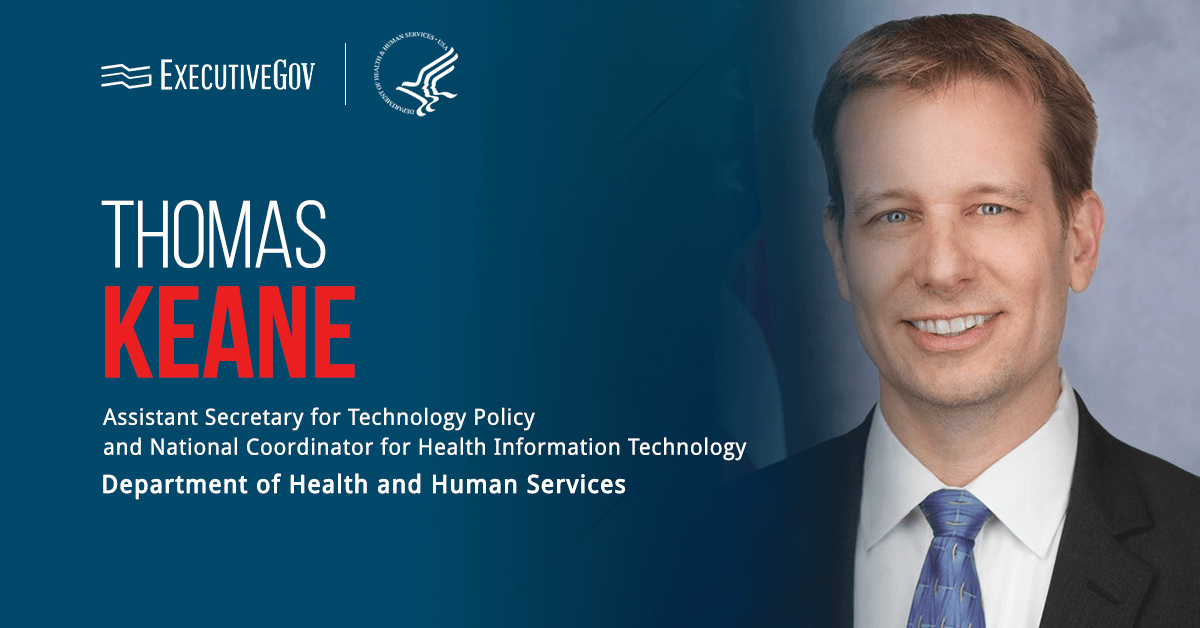The Defense Information Systems Agency has issued a guide for managing data assets and ensuring compliance with regulatory standards.
The Effective Data Lifecycle Management Guidebook is a result of nearly 12 months of development and is designed to support the Department of Defense’s mission objectives, DISA said in a LinkedIn post Wednesday.
What the DLM Guidebook Offers
The 29-page document covers the full data lifecycle, including planning and preparation, identification of sources, and retirement or redesignation. It offers industry best practices and standards and regulatory requirements from across DISA, DOD and the federal government for managing data and minimizing risks.
The guidebook also offers templates and frameworks to eliminate ambiguity around policies, procedures and practices and to create a more consistent approach to data lifecycle management.
It is intended for use within DISA, specifically to personnel who play critical roles in the creation, handling, oversight and retirement of the agency’s data assets.












